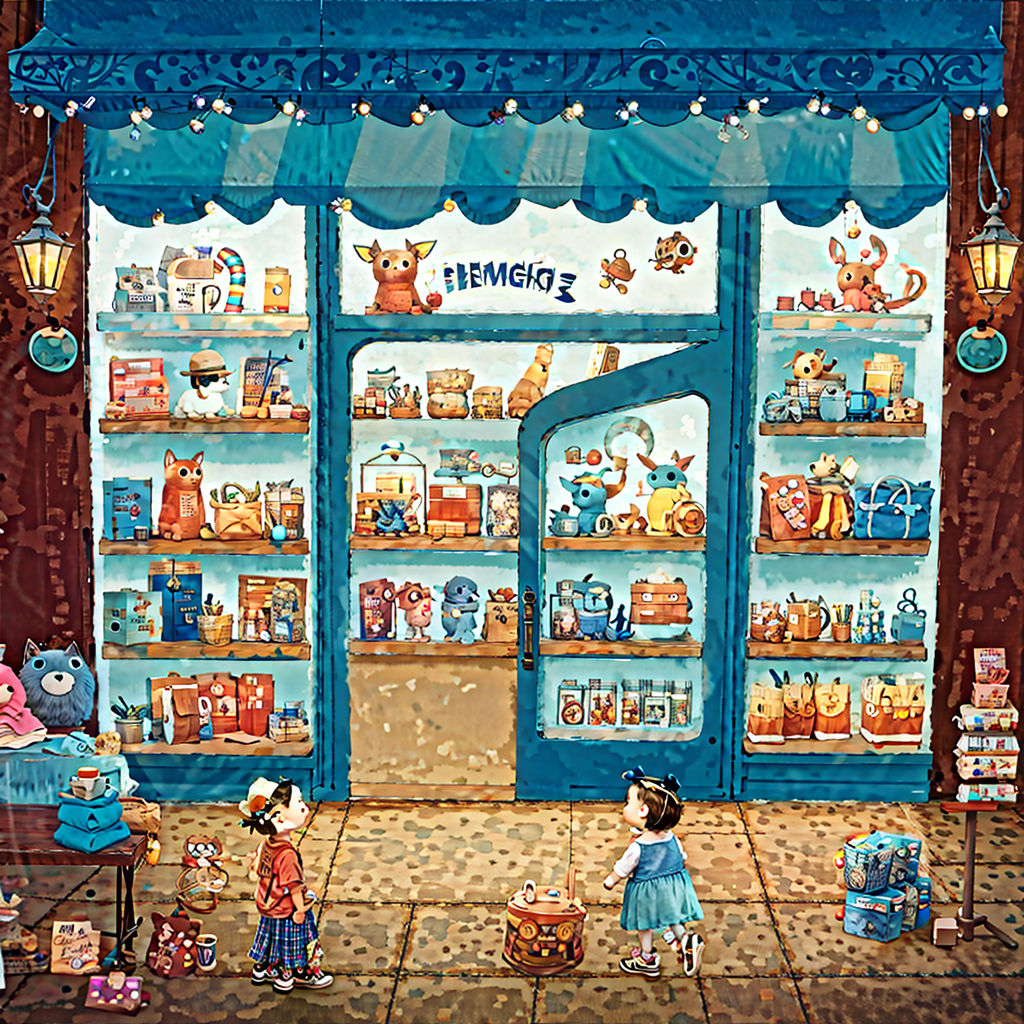1. Introduction to Print on Demand

1.1 What is Print on Demand?
Print on Demand (POD) is a business model where products are created only after an order is placed. It’s like having a magical store that makes things appear just when someone wants to buy them!
1.2 Benefits of using Print on Demand services
* No need to keep inventory
* Low upfront costs
* Ability to test different designs easily
* Wide range of products to sell
1.3 How Print on Demand has revolutionized e-commerce
Print on Demand has changed the game for online sellers. Now, anyone with a creative idea can start their own business without worrying about storage or large investments. It’s opened doors for artists, entrepreneurs, and even people who just want to make fun t-shirts for their friends!
2. Printful: The All-in-One Solution

2.1 Product range and customization options
Printful offers a huge variety of products, from t-shirts to phone cases. You can put your designs on almost anything! They also have a neat design tool that lets you see how your creations will look in real life.
2.2 Integration with e-commerce platforms
One of the best things about Printful is how easily it works with other platforms. Whether you’re using Shopify, Etsy, or your own website, Printful plays nice with everyone.
2.3 Pricing structure and profit margins
Printful’s pricing is pretty straightforward. They charge you for the product and printing, and you set your own retail price. The difference is your profit. It’s like selling lemonade, but instead of lemons, you’re using your awesome designs!
3. Printify: Flexibility and Vendor Network

3.1 Network of print providers
Printify is like having a bunch of printing friends all over the world. They work with different printers, which means you have more options for where your products are made.
3.2 Product catalog and design tools
Printify has a good selection of products and a simple design tool. It’s not as fancy as some others, but it gets the job done without any fuss.
3.3 Shipping and fulfillment options
With Printify, you can choose which print provider to use based on location, price, or quality. This can help you save on shipping costs or get products to your customers faster.
4. Redbubble: Artist-Focused Marketplace

4.1 Artist-friendly policies and royalties
Redbubble is all about supporting artists. They let you set your own profit margins and have policies that protect your work. It’s like having a big art gallery that takes care of all the boring business stuff for you.
4.2 Product variety and customization
From t-shirts to tapestries, Redbubble offers a wide range of products. You can put your art on almost anything, and they handle all the production details.
4.3 Built-in customer base and marketing
One of the best things about Redbubble is that it already has lots of people browsing and buying. They also help promote your work, which can be a big help when you’re just starting out.
5. Teespring (Spring): Social Media Integration

5.1 Platform features and ease of use
Spring (formerly Teespring) is super easy to use. You can create a design and set up your store in just a few minutes. It’s like setting up a lemonade stand, but online and with t-shirts!
5.2 Social media selling tools
Spring is great if you have a big social media following. They have tools that make it easy to sell directly on platforms like YouTube and Twitch.
5.3 Pricing and profit potential
With Spring, you can set your own prices and see your potential profits right away. They also offer volume discounts, which can be great if you’re selling lots of items.
6. Society6: Art-Centric Community
6.1 Unique product offerings
Society6 stands out with its focus on home decor and lifestyle products. You can put your art on things like shower curtains and furniture, which is pretty cool!
6.2 Artist promotion and exposure
Society6 does a good job of showcasing artists. They feature different creators and collections, which can help you get noticed.
6.3 Quality control and customer service
They’re known for their high-quality products and good customer service. It’s like having a personal assistant who makes sure everything looks great and customers are happy.
7. Zazzle: Extensive Customization
7.1 Product range and personalization options
Zazzle offers an incredible range of products, and customers can personalize almost everything. It’s like having a craft store where you can customize every single item!
7.2 Designer tools and templates
Their design tools are pretty advanced, with lots of templates and options. It’s great if you like to get really detailed with your designs.
7.3 Marketplace features and promotion
Zazzle has a busy marketplace where you can sell your designs. They also have promotional tools to help you boost your sales.
8. Spreadshirt: European Market Leader
8.1 Global reach and localization
Spreadshirt is big in Europe, but they ship worldwide. They’re good at adapting to different markets, which is helpful if you want to sell internationally.
8.2 Product quality and sustainability efforts
They’re known for good quality products and are making efforts to be more eco-friendly. It’s like selling t-shirts and helping the planet at the same time!
8.3 Seller support and resources
Spreadshirt offers lots of resources to help sellers succeed. They have guides, tutorials, and a supportive community.
9. TeePublic: Niche and Pop Culture Focus
9.1 Licensing partnerships and fan art policies
TeePublic is great for pop culture and fan art. They have partnerships with lots of brands, which means you can create official merchandise for your favorite shows or games.
9.2 Community engagement and promotions
They run lots of promotions and engage with their community. It’s like being part of a big fan club where everyone loves cool designs.
9.3 Seller dashboard and analytics
TeePublic provides helpful stats and information about your sales. It’s like having a personal assistant who keeps track of all your business numbers.
10. SPOD: Shopify Integration Specialist
10.1 Seamless Shopify integration
SPOD works really well with Shopify. If you’re already using Shopify, SPOD makes it super easy to add print-on-demand products to your store.
10.2 Fast production and shipping times
They’re known for being quick. Your customers won’t have to wait long to get their orders, which is always a good thing!
10.3 Product range and quality
SPOD offers a good selection of products, all of high quality. It’s like having a reliable friend who always delivers good work on time.
11. CafePress: Pioneer in Customization
11.1 Marketplace features and exposure
CafePress has been around for a long time and has a big marketplace. It’s like a bustling town square where lots of people come to shop.
11.2 Design tools and templates
Their design tools are straightforward and easy to use. They have lots of templates if you need inspiration or want to create something quickly.
11.3 Pricing structure and royalties
CafePress sets the base price, and you add your markup. It’s a simple system that’s easy to understand, even if you’re new to selling online.
12. Comparison and Analysis
12.1 Pricing and profit margins across platforms
Each platform has its own pricing structure. Some let you set your own prices, while others have fixed royalties. It’s worth doing some math to see which one works best for you.
12.2 Product quality and customer satisfaction
All these platforms strive for good quality, but some stand out more than others. It’s a good idea to order samples from different platforms to see which ones you like best.
12.3 Ease of use and seller support
Some platforms are super easy to use, while others have a bit of a learning curve. Consider how much time you want to spend learning the ropes, and check out what kind of support each platform offers.
13. Summary and Recommendations
13.1 Key takeaways from the comparison
* Each platform has its strengths
* Consider your target market and product type
* Think about how much control you want over pricing and production
13.2 Choosing the right platform for your needs
The best platform for you depends on your specific needs. Are you an artist looking for exposure? A business owner wanting to add merch to your existing store? Or maybe you’re just starting out and want something simple? There’s a platform out there for everyone!
13.3 Future trends in Print on Demand
Print on Demand is always evolving. We’re seeing more eco-friendly options, new product types, and better design tools. It’s an exciting time to be in this business!
14. Frequently Asked Questions
14.1 How to start a Print on Demand business?
Starting a Print on Demand business is pretty simple:
1. Choose a platform
2. Create your designs
3. Set up your store
4. Start promoting your products
14.2 What are the best-selling Print on Demand products?
T-shirts are always popular, but other hot items include:
* Phone cases
* Mugs
* Tote bags
* Posters and wall art
14.3 How to protect your designs on Print on Demand platforms?
Most platforms have policies to protect your work, but you can also:
* Watermark your designs
* Use high-resolution images that are hard to copy
* Register your copyrights for important designs
Remember, the key to success in Print on Demand is finding your unique style and connecting with your audience. Happy designing!
